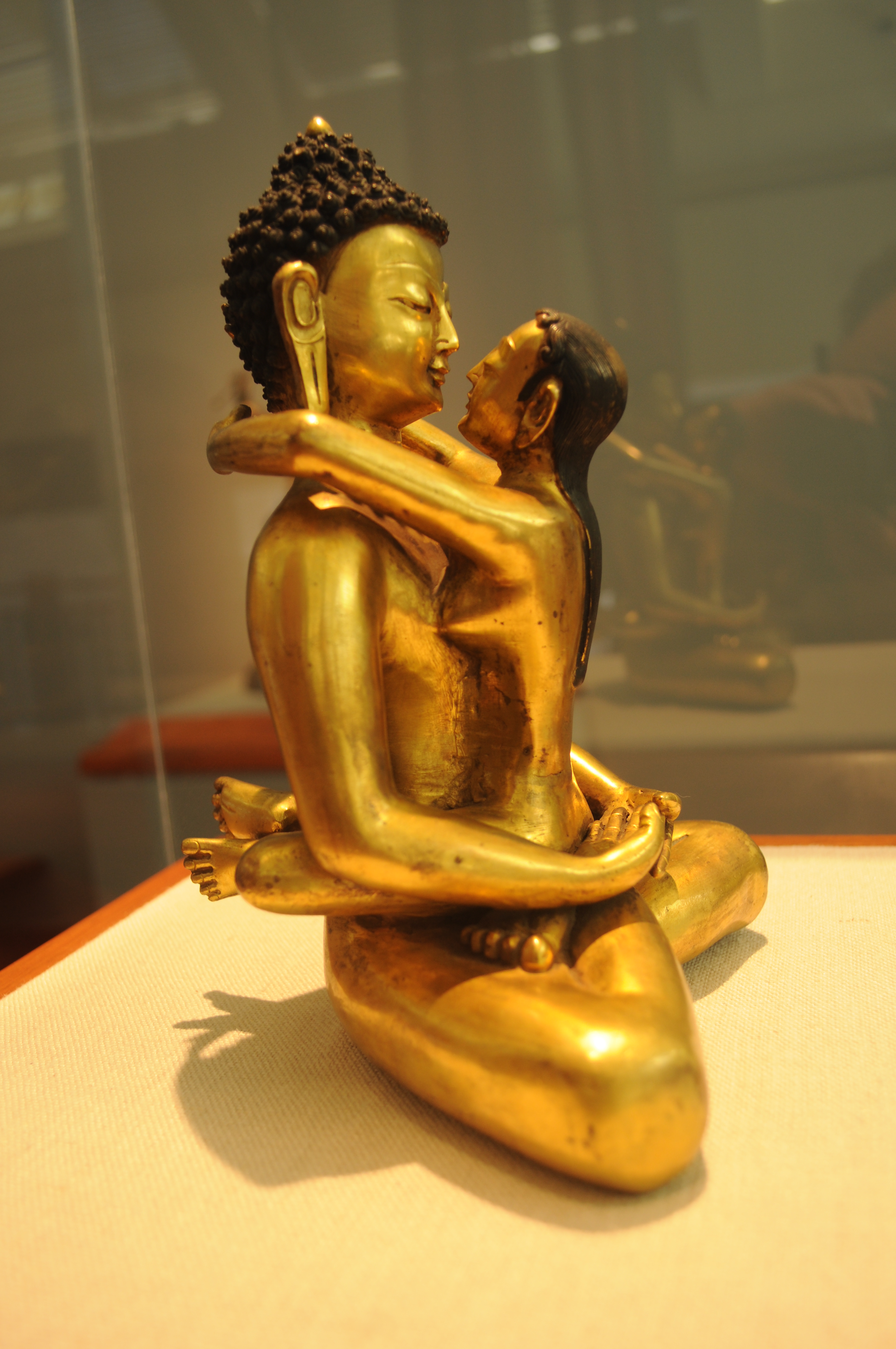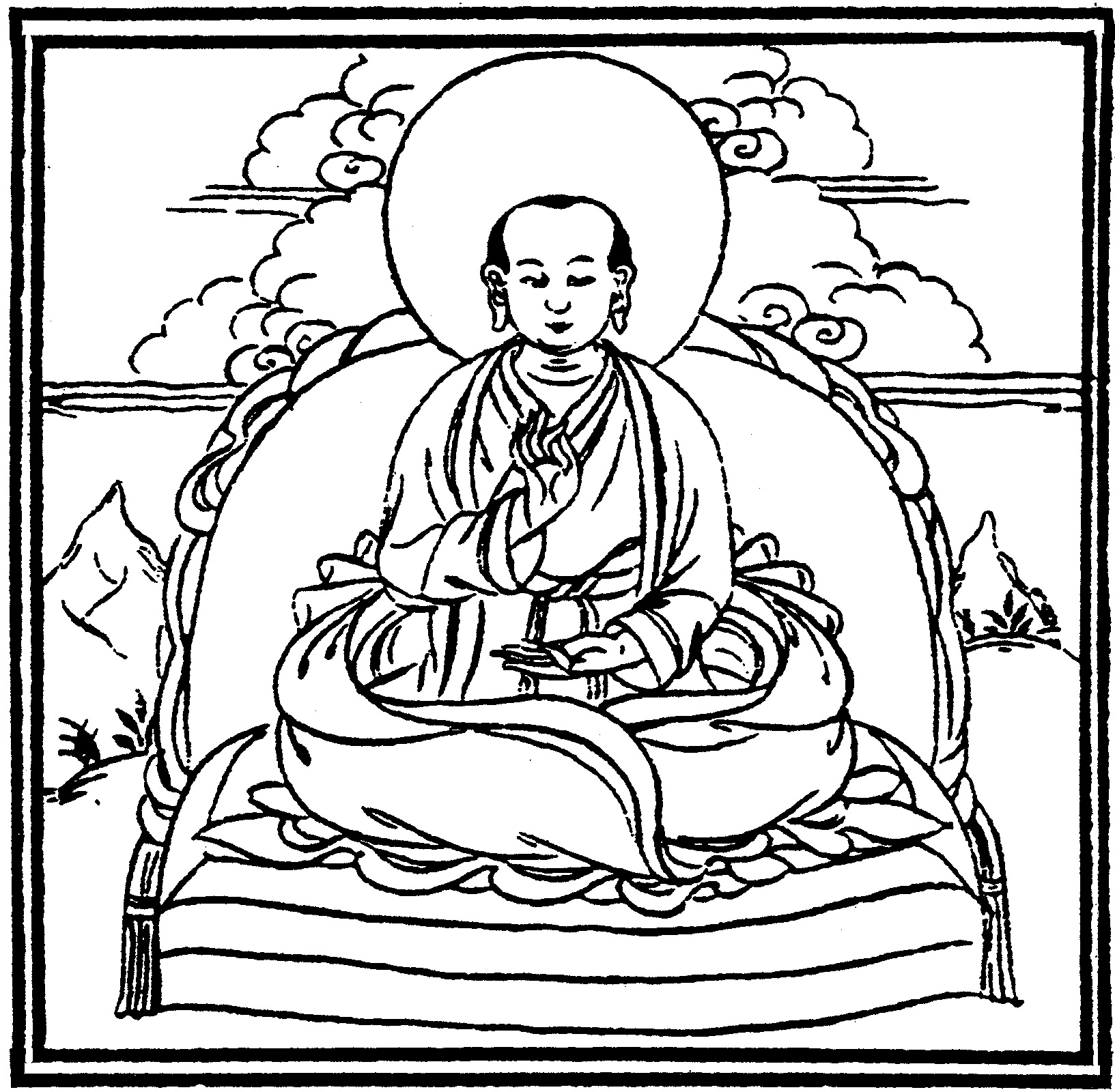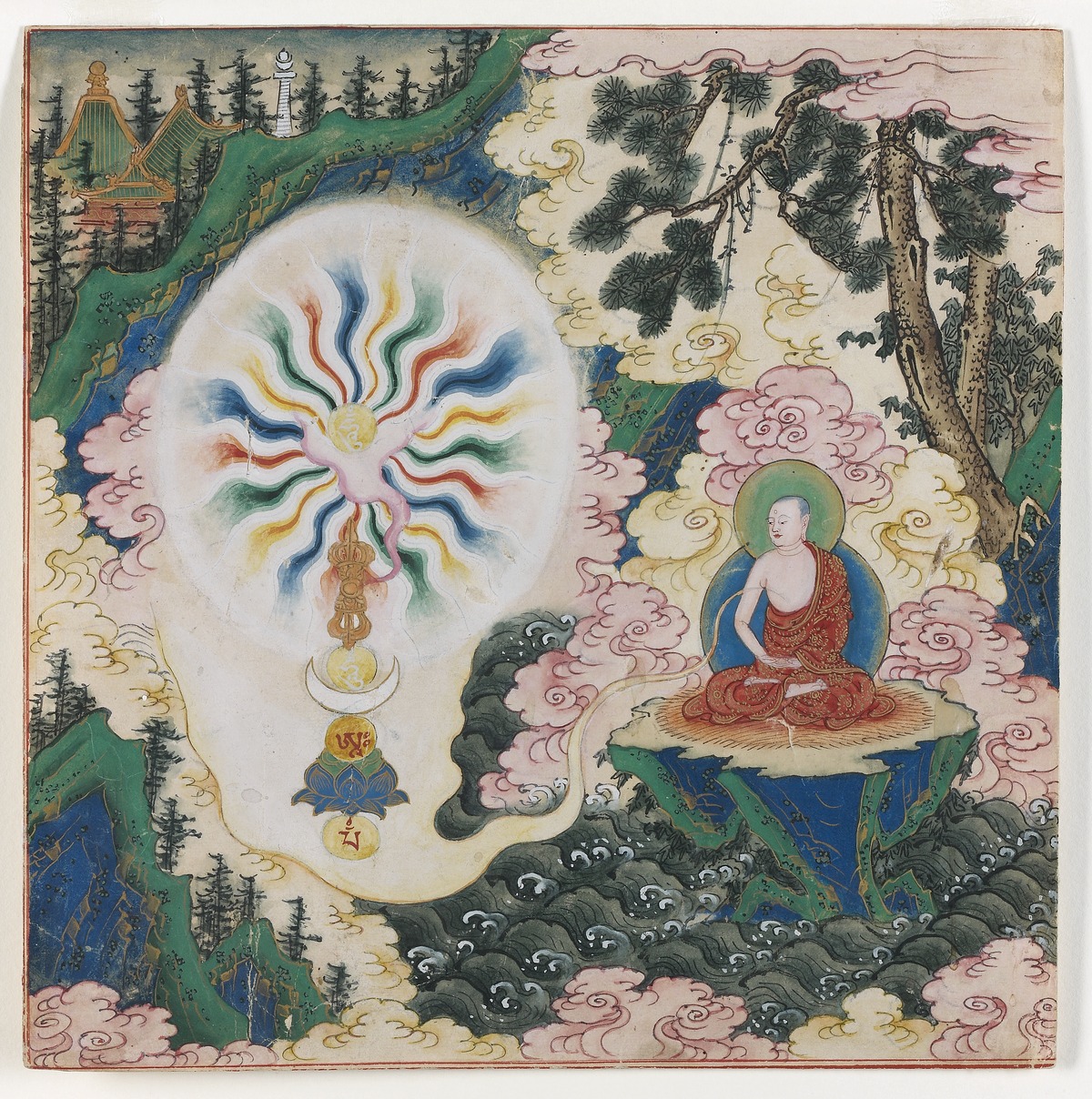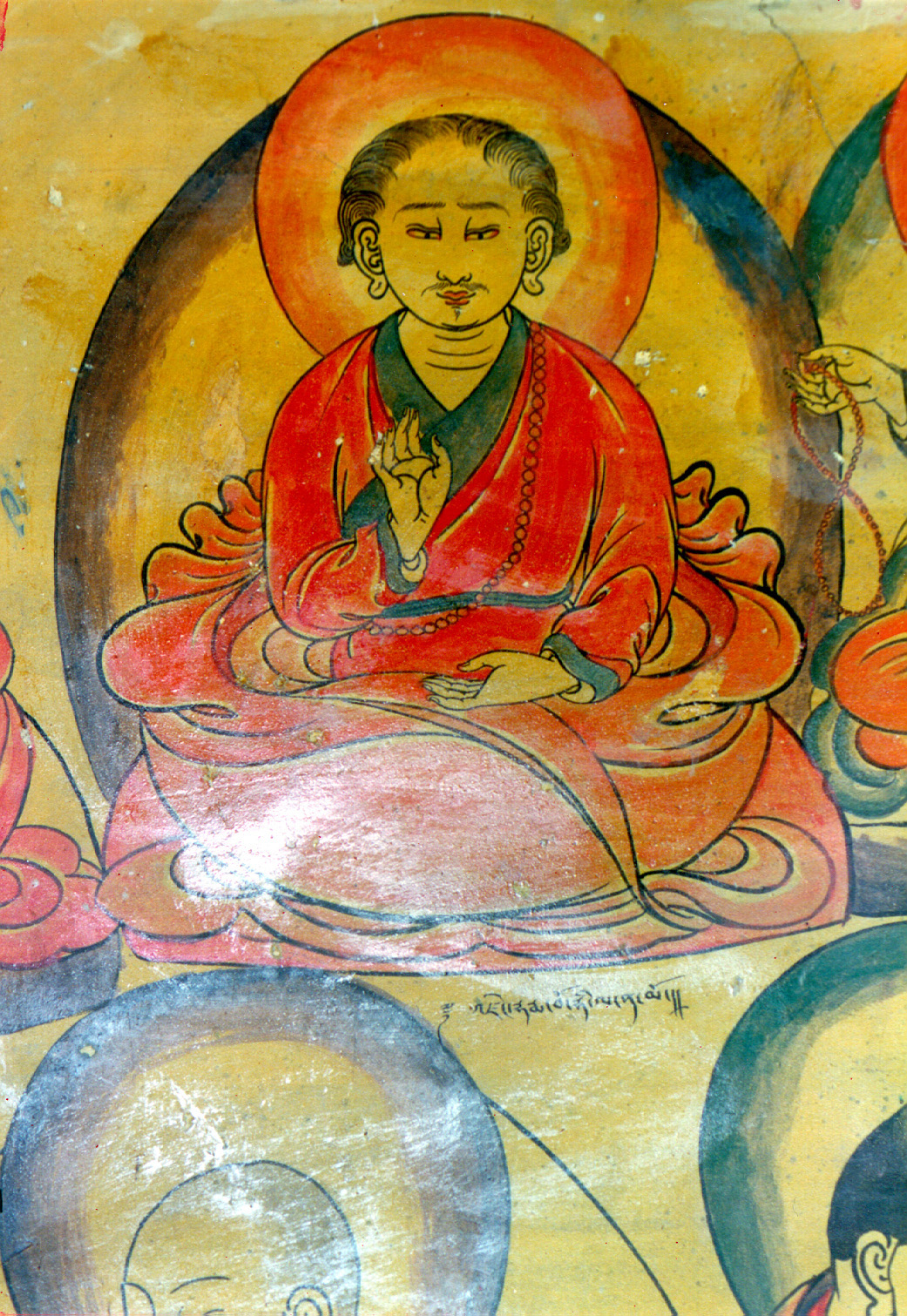|
Dzogchen
Dzogchen (, "Great Perfection" or "Great Completion"), also known as ''atiyoga'' ( utmost yoga), is a tradition of teachings in Indo-Tibetan Buddhism and Yungdrung Bon aimed at discovering and continuing in the ultimate ground of existence. The primordial ground (''gzhi'', "basis") is said to have the qualities of purity (i.e. emptiness), spontaneity (''lhun grub'', associated with luminous clarity) and compassion (''thugs rje''). The goal of Dzogchen is knowledge of this basis, this knowledge is called '' rigpa'' (Skt. ''vidyā''). There are numerous spiritual practices taught in the various Dzogchen systems for awakening rigpa. History Dzogchen developed in the Tibetan Empire period and the Era of Fragmentation (9th-11th centuries) and continues to be practiced today both in Tibet and around the world. It is a central teaching of the Yundrung Bon tradition as well as in the Nyingma school of Tibetan Buddhism. In these traditions, Dzogchen is the highest and mo ... [...More Info...] [...Related Items...] OR: [Wikipedia] [Google] [Baidu] |
Rigpa
In Dzogchen, ''rigpa'' (; Skt. vidyā; "knowledge") is knowledge of the ground. The opposite of ''rigpa'' is ''ma rigpa'' ('' avidyā'', ignorance). A practitioner who has attained the state of ''rigpa'' and is able to rest there continuously is called a ''Rigdzin'' (see Vidyadhara), which may be used as a title either pre- or post-nominally. ''Rigpa'' (knowledge) ''Rigpa'' (Sanskrit: ''vidyā'', 'knowledge') is a central concept in Dzogchen. According to Ācārya Malcolm Smith: ''Rigpa'' is the knowledge of the ground. It has also come to mean the 'pristine awareness' that is the fundamental ground itself. Erik Pema Kunsang translates a text which provides basic definitions of ''rigpa'' and ''ma rigpa'' in a Dzogchen context: Rigpa has two aspects, namely ''kadag'' and ''lhun grub''. ''Kadag'' means "purity" or specifically "primordial purity". ''Lhun grub'' in Tibetan normally implies automatic, self-caused or spontaneous actions or processes. As quality of ''rigp ... [...More Info...] [...Related Items...] OR: [Wikipedia] [Google] [Baidu] |
Nyingma
Nyingma (literally 'old school') is the oldest of the four major schools of Tibetan Buddhism. It is also often referred to as ''Ngangyur'' (, ), "order of the ancient translations". The Nyingma school is founded on the first lineages and translations of Buddhist scriptures from Sanskrit into Tibetan in the eighth century, during the reign of King Trisong Detsen (r. 710–755). Nyingma traditional histories consider their teachings to trace back to the first Buddha Samantabhadra (Güntu Sangpo) and Indian mahasiddhas such as Garab Dorjé, Śrī Siṃha and Jñānasūtra. Traditional sources trace the origin of the Nyingma order in Tibet to figures associated with the initial introduction of Buddhism in the 8th century, such as Padmasambhava, Yeshe Tsogyal, Vimalamitra, Vairotsana, Buddhaguhya and Shantaraksita. The Nyingma tradition is also seen having been founded at Samyé, the first monastery in Tibet. Nyingma teachings are also known for having been passed down through ... [...More Info...] [...Related Items...] OR: [Wikipedia] [Google] [Baidu] |
Tibetan Buddhism
Tibetan Buddhism (also referred to as Indo-Tibetan Buddhism, Lamaism, Lamaistic Buddhism, Himalayan Buddhism, and Northern Buddhism) is the form of Buddhism practiced in Tibet and Bhutan, where it is the dominant religion. It is also in majority regions surrounding the Himalayan areas of India (such as Ladakh, Sikkim, Arunachal Pradesh, and a minority in Himachal Pradesh and Uttarakhand), in much of Central Asia, in the southern Siberian regions such as Tuva, and in Mongolia. Tibetan Buddhism evolved as a form of Mahāyāna Buddhism stemming from the latest stages of Indian Buddhism (which also included many Vajrayāna elements). It thus preserves many Indian Buddhist tantric practices of the post-Gupta early medieval period (500 to 1200 CE), along with numerous native Tibetan developments. In the pre-modern era, Tibetan Buddhism spread outside of Tibet primarily due to the influence of the Mongol Yuan dynasty (1271–1368), founded by Kublai Khan, which had rul ... [...More Info...] [...Related Items...] OR: [Wikipedia] [Google] [Baidu] |
Ground (Dzogchen)
In Dzogchen, the ground or base () is the primordial state. It is an essential component of the Dzogchen tradition for both the Bon tradition and the Nyingma school of Tibetan Buddhism. Knowledge of this ''ground'' is called ''rigpa''. Explication A key concept in Dzogchen is the 'basis', 'ground' or 'primordial state' (Tibetan: གཞི་ ''gzhi''), also called the general ground (སྤྱི་གཞི་ ''spyi gzhi'') or the original ground (གདོད་མའི་གཞི་ ''gdod ma'i gzhi''). The basis is the original state "before realization produced buddhas and nonrealization produced sentient beings". It is atemporal and unchanging and yet it is "noetically potent", giving rise to mind (སེམས་ ''sems,''), consciousness (ཤེས་པ་ ''shes pa''), delusion (མ་རིག་པ་ ''marigpa'') and knowledge (རིག་པ་་''rigpa''). Furthermore, Hatchell notes that the Dzogchen tradition portrays ultimate reality as something which is " ... [...More Info...] [...Related Items...] OR: [Wikipedia] [Google] [Baidu] |
Seventeen Tantras
The ''Seventeen Tantras of the Esoteric Instruction Series'' () or the ''Seventeen tantras of the Ancients'' (''rnying-ma'i rgyud bcu-bdun'') are an important collection of tantras in the Nyingma school of Tibetan Buddhism. They comprise the core scriptures of the "esoteric instruction series" ('' Menngagde'') of Dzogchen teachings and are its most authoritative scriptures. The Seventeen Tantras are part of the '' Vima Nyingthig'' (''"Inner Essence of Vimalamitra"''), a terma cycle of Dzogchen texts revealed by the treasure discoverer Zhangton Tashi Dorje (c. 1097-1127) and associated with the 8th century Indian monk Vimalamitra who is traditionally believed by the Nyingma school to have first brought these texts to Tibet. The ''Vima Nyingthig'' itself consists of ' tantras' (''rgyud''), 'agamas' (''lung''), and ' upadeshas' (''man ngag''). The other texts are mainly exegetical literature on the material found in the Seventeen tantras. The Seventeen Tantras explain the vie ... [...More Info...] [...Related Items...] OR: [Wikipedia] [Google] [Baidu] |
Semde
Semde (; Sanskrit: ) translated as 'mind division', 'mind class' or 'mind series' is the name of one of three scriptural and lineage divisions within Atiyoga, Dzogchen or the Great Perfection which is itself the pinnacle of the ninefold division of practice according to the Nyingma school of Tibetan Buddhism. Semde emphasizes the clarity (''gsal-ba'') or the innate awareness ( rig-pa) aspect of the Natural State. Due to the different approaches of various Dzogchen lineages, three series have developed of which ''semde'' is one. The other two divisions or series are Longdé (Space Series) and Menngagde (Instruction Series). The Mind Series is attributed to Sri Singha and Vairotsana's lineage Background The 'Three Series of Dzogchen' (''rdzogs chen sde gsum'') are a traditional Tibetan Buddhist classification which divides the teachings of the Nyingma school's Dzogchen tradition into three series, divisions or sections. These three are: the ''Semde'' ('Mind Series'), ... [...More Info...] [...Related Items...] OR: [Wikipedia] [Google] [Baidu] |
Deity Yoga
The fundamental practice of Vajrayana and Tibetan tantra is deity yoga (''devatayoga''), meditation on a chosen deity or "cherished divinity" (Skt. ''Iṣṭa-devatā,'' Tib. ''yidam''), which involves the recitation of mantras, prayers and visualization of the deity, the associated mandala of the deity's Buddha field, along with consorts and attendant Buddhas and bodhisattvas. According to the Tibetan scholar Tsongkhapa, deity yoga is what separates Tantra from Sutra practice. In the Unsurpassed Yoga Tantras, the most widespread tantric form in Indo-Tibetan Buddhism, this method is divided into two stages, the generation stage (''utpatti-krama'') and the completion stage (''nispanna-krama''). In the generation stage, one dissolves one's reality into emptiness and meditates on the deity-mandala, resulting in identification with this divine reality. In the completion stage, the divine image along with the subtle body is applied to the realization of luminous emptiness. The ... [...More Info...] [...Related Items...] OR: [Wikipedia] [Google] [Baidu] |
Gelug
240px, The 14th Dalai Lama (center), the most influential figure of the contemporary Gelug tradition, at the 2003 Bodh_Gaya.html" ;"title="Kalachakra ceremony, Bodh Gaya">Bodhgaya (India). The Gelug (, also Geluk; "virtuous")Kay, David N. (2007). ''Tibetan and Zen Buddhism in Britain: Transplantation, Development and Adaptation,'' p. 39. Routledge. is the newest of the four major schools of Tibetan Buddhism. It was founded by Je Tsongkhapa (1357–1419), a Tibetan people, Tibetan philosopher, Vajrayana, tantric yogi and lama and further expanded and developed by his disciples (such as Khedrup Je, Gyaltsap Je and Gendün Drubpa). The Gelug school is alternatively known as New Kadam (''bKa’-gdams gsar-pa''), since it sees itself as a continuation of the Kadam tradition of Atisha (c. 11th century). Furthermore, it is also called the Ganden school, after the first monastery established by Tsongkhapa. The Ganden Tripa ("Ganden Throne Holder") is the official head of the s ... [...More Info...] [...Related Items...] OR: [Wikipedia] [Google] [Baidu] |
Longdé
Longdé (, sa, abhyantaravarga) is the name of one of three scriptural divisions within Dzogchen, which is itself the pinnacle of the ninefold division of practice according to the Nyingma school of Tibetan Buddhism. The name "longdé" is translated as "Space Division" or "Space Series" of Dzogchen and emphasises the emptiness () or spaciousness () aspect of the Natural State. Due to the different approaches of various Dzogchen lineages, three series of teachings have developed, of which longdé is one. The other two divisions or series are semde and menngagde. Penor Rinpoche attributes longdé to Dorje Zampa, Sri Singha and Vairotsana's lineage. History The series of Space reflects the developments of the 11th–14th centuries and emphasizes "space" or "expanse" (''klong''). According to Sten Anspal this class of texts "is difficult to define or characterize uniformly" and "were not unified into a single system". Because of this, it has been seen either as nearly identica ... [...More Info...] [...Related Items...] OR: [Wikipedia] [Google] [Baidu] |
Classes Of Tantra In Tibetan Buddhism
Classes of Tantra in Tibetan Buddhism refers to the categorization of Buddhist tantric scriptures in Indo-Tibetan Buddhism. Tibetan Buddhism inherited numerous tantras and forms of tantric practice from medieval Indian Buddhist Tantra. There were various ways of categorizing these tantras in India. In Tibet, the Sarma (New Translation) schools categorize tantric scriptures into four classes, while the Nyingma (Ancients) school use six classes of tantra. Sarma ("New Translation") classification The Sarma, "New Translation" schools of Tibetan Buddhism (Gelug, Sakya, Kagyu, Jonang) classify tantric practices and texts into four. In this, they follow Indian Tantric Buddhists such as Abhayākara, who makes this distinction in his ''Clusters of Quintessential Instructions''. Tantras are classified according to the capacity of persons, the deities they use, the specific types of methods they employ and how they use desire (''kama'').Tsong-kha-pa, ''The Great Exposition of Secret ... [...More Info...] [...Related Items...] OR: [Wikipedia] [Google] [Baidu] |
Luminous Mind
Luminous mind ( Skt: or , Pali: ; Tib: ; Ch: ; Jpn: ; Kor: ) is a Buddhist term which appears only rarely in the Pali Canon, but is common in the Mahayana sūtras and central to the Buddhist tantras. It is variously translated as "brightly shining mind", or "mind of clear light" while the related term ''luminosity'' (Skt. ; Tib. ; Ch. ; Jpn. ; Kor. ) is also translated as "clear light" or "luminosity" in Tibetan Buddhist contexts or, "purity" in East Asian contexts. The Theravada school identifies the "luminous mind" with the ''bhavanga'', a concept first proposed in the Theravāda Abhidhamma. The later schools of the Mahayana identify it with ''bodhicitta'' and ''tathagatagarbha''. The luminosity of mind is of central importance in the philosophy and practice of the Buddhist tantras, Mahamudra, and Dzogchen. Early Buddhist texts In the Early Buddhist Texts there are various mentions of luminosity or radiance which refer to the development of the mind in meditation. ... [...More Info...] [...Related Items...] OR: [Wikipedia] [Google] [Baidu] |
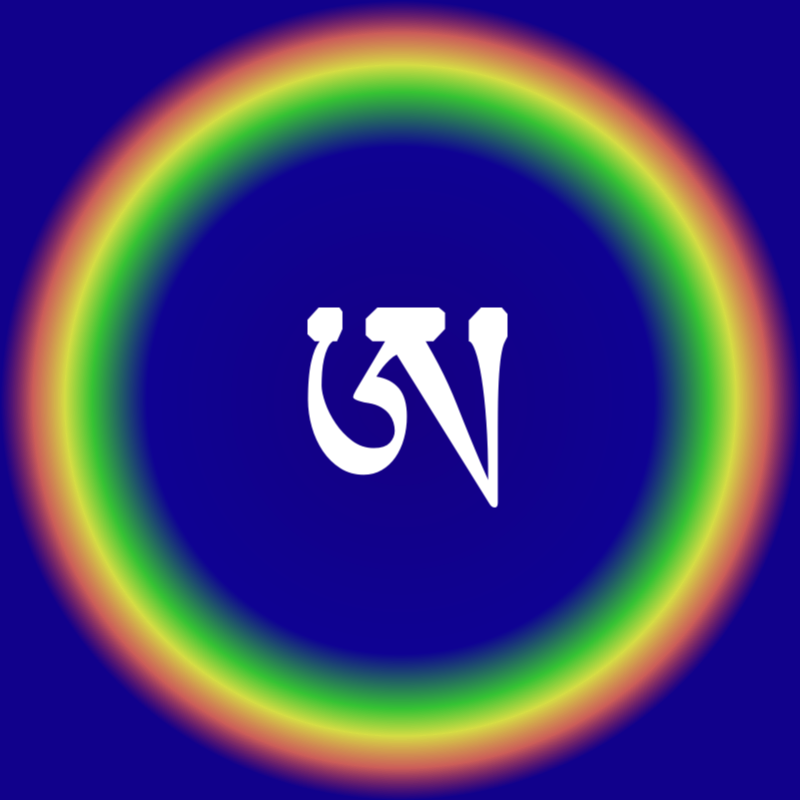

.jpeg/1200px-Tibetan_Buddhism_(214837929).jpeg)
